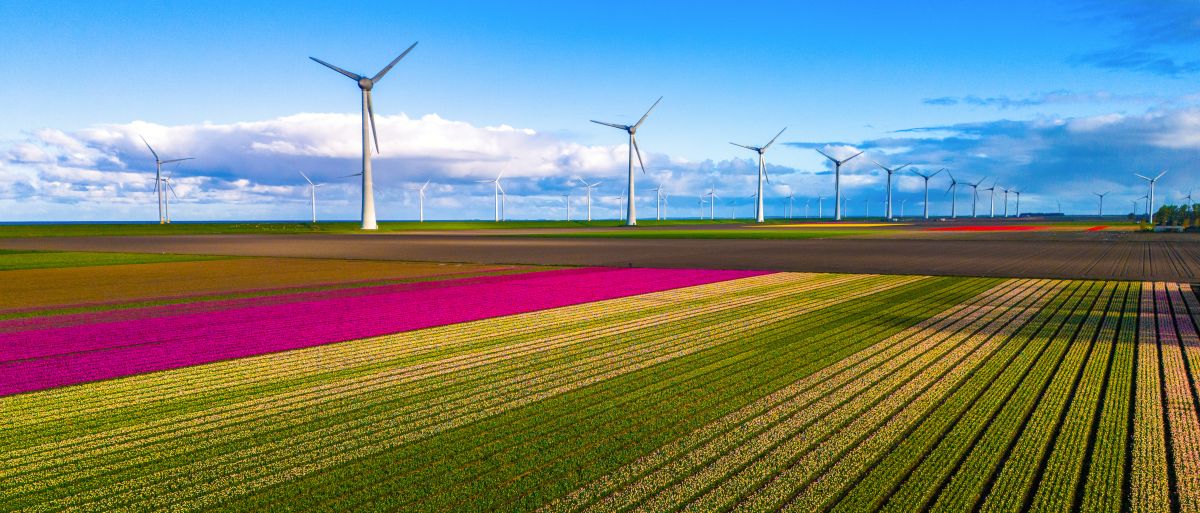
- Learn how DERMS can optimize grid performance by balancing energy generation, storage, and consumption
- Delineate the differences between grid-centric and grid-edge approaches and how they work together for a resilient grid
- Discover real-world use cases and success stories of DER orchestration to enhance grid stability and efficiency
- Gain insights into the DERMS vendor landscape & challenges and benefits of DERMS implementations
- Understand critical strategies for evaluating and implementing DERMS to future-proof your grid
Meet your hosts
Our team shares their insights and answers your questions on the latest grid stability innovations.

Alex Lago
Managing Director, Grid Operations

Michael Emmanuel
Manager, Grid Operations

Ross Mesnick
Senior Consultant, Grid Operations

Gary Hu
Manager, Grid Operations

Greg Narzikul
Manager, Grid Operations
Why DERMS is essential for utilities
As the energy landscape evolves, utilities face the challenge of integrating a growing number of distributed energy resources (DERs) such as solar panels, battery storage systems, and electric vehicles. Effectively managing these diverse assets is crucial for maintaining grid stability and meeting increasing energy demands. This is where distributed energy resource management systems (DERMS) become indispensable.
Enhancing grid flexibility and reliability
DERMS enable utilities to monitor, control, and optimize DERs in real time, enhancing grid flexibility and reliability. By aggregating and orchestrating these resources, DERMS allow utilities to balance supply and demand more efficiently, support frequency and voltage regulation, and respond swiftly to grid disturbances. This capability is vital for preventing outages and ensuring a consistent energy supply.
Facilitating the integration of renewable energy
The shift towards renewable energy sources introduces variability and unpredictability into the grid. DERMS assist utilities in integrating these renewable DERs by providing visibility and control over their output, enabling better forecasting and load management. This integration supports decarbonization efforts and helps utilities meet regulatory requirements for clean energy.
Optimizing operational efficiency and cost-effectiveness
Implementing DERMS can lead to significant cost savings for utilities. By optimizing the use of existing infrastructure and reducing the need for expensive grid upgrades, DERMS improve economic efficiency. Additionally, they enable utilities to unlock new revenue streams by allowing DERs to participate in grid services markets, further enhancing financial performance.
Supporting customer engagement and satisfaction
DERMS also play a role in enhancing customer engagement by enabling demand response programs and offering incentives for customers to use their DERs in ways that support grid stability. This interaction not only improves customer satisfaction, but also fosters a collaborative approach to energy management in which consumers become active participants in the energy ecosystem.
In conclusion, DERMS are essential tools for utilities aiming to navigate the complexities of modern energy systems. By providing enhanced control, flexibility, and efficiency, DERMS empower utilities to deliver reliable, sustainable, and cost-effective energy solutions in an increasingly distributed energy environment.
Ready to learn more? Watch the webinar “Harnessing the power of DERMS” on demand.

